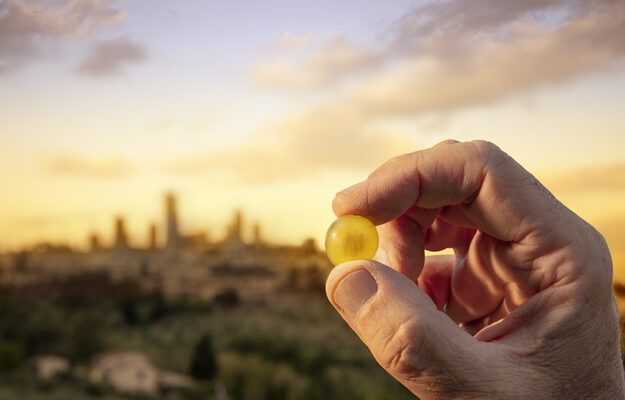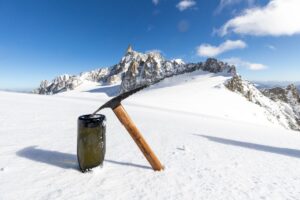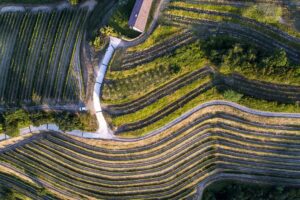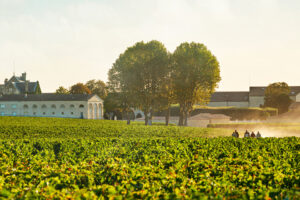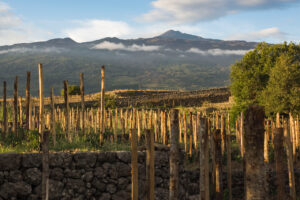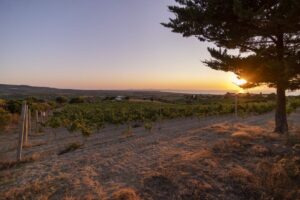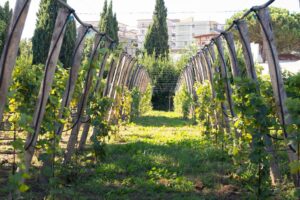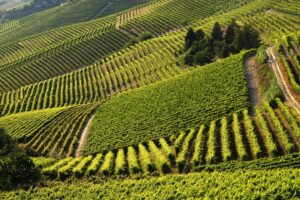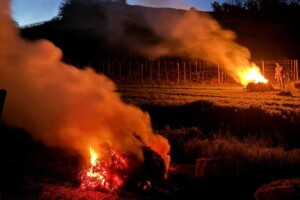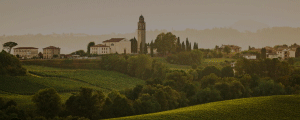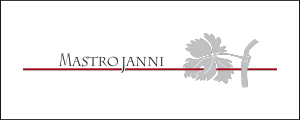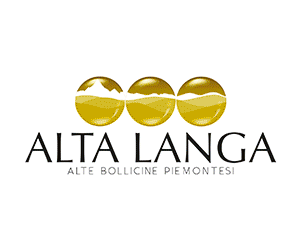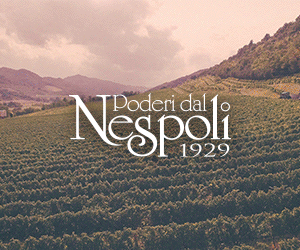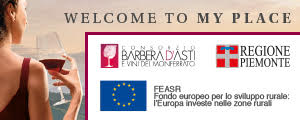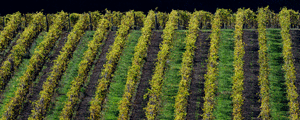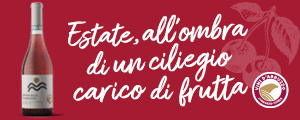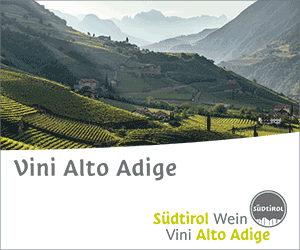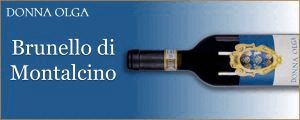When agritourism rhymes with wine. That wine and food has become an important reality in the national economy has been known for years, just as it is truth that the “cooking factor” is the main motivation for a trip for many people. It is no coincidence that the relationship between some important wine-producing centers and agritourism facilities is very strong, this is also shown by the latest Istat report, “Agritourism companies in Italy” 2022, where, among the eleven cities with at least 100 agritourism companies, most have an identifying link with wine, a product that also drives the local economy: from Montalcino, the land of Brunello, one of the world’s most iconic reds, to Montepulciano, also in Tuscany, the home of Vino Nobile. And again, Appiano on the Wine Road, one of the capitals of the great wines of Alto Adige along with Caldaro on the Wine Road, another center that figures in the “Top 11”; Noto, in Sicily, capital of one of the most important wine districts on the island; and San Gimignano, back to the lands of Siena, with its Vernaccia that grows in vineyards dominated by the famous towers, which earned it the nickname “Manhattan of the Middle Ages”. But wine, Syrah in primis, is also produced in Cortona (Arezzo), which gives its namesake Doc, and in Manciano, in the heart of Maremma, both, again, in Tuscany where there is also a provincial capital, Grosseto. In the “Top 11” are Assisi, in Umbria, a city famous for St. Francis, but also for its “Assisi-Spoleto olive strip”, and Castelrotto, a small gem at the foot of the Alpe di Susi, in Trentino Alto Adige.
The Istat report shows how there are just under 6,300 (so just under a quarter) companies with tasting (+3% compared to 2021). This type of service is more present in Central Italy (44%) where Tuscany stands out (27.8%), in the Northwest (26.5%) with Piedmont confirming its importance (12.4%), in the South (29.5%) with Puglia (7%), and the Islands (11.2%) with the great contribution of Sicily (9.5%) and, finally, the Northeast (8.8%) with Trentino-Alto Adige/Südtirol (6.7%). Not surprisingly, these are all regions that enclose important and famous districts for wine production.
Copyright © 2000/2024
Contatti: info@winenews.it
Seguici anche su Twitter: @WineNewsIt
Seguici anche su Facebook: @winenewsit
Questo articolo è tratto dall'archivio di WineNews - Tutti i diritti riservati - Copyright © 2000/2024










